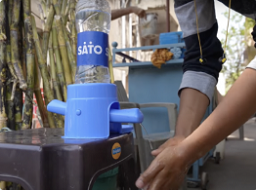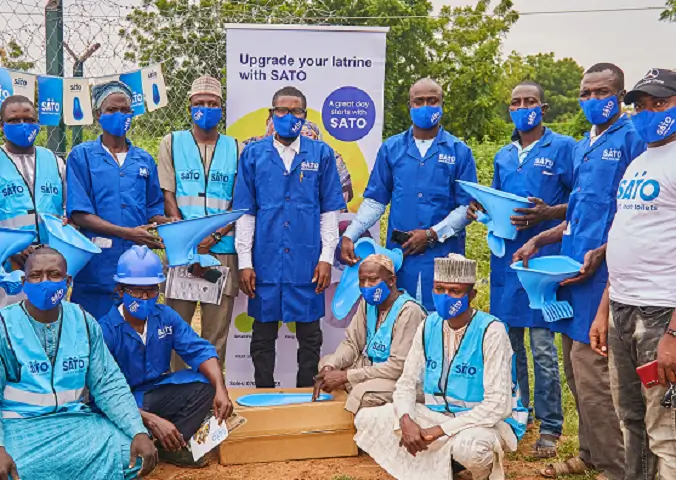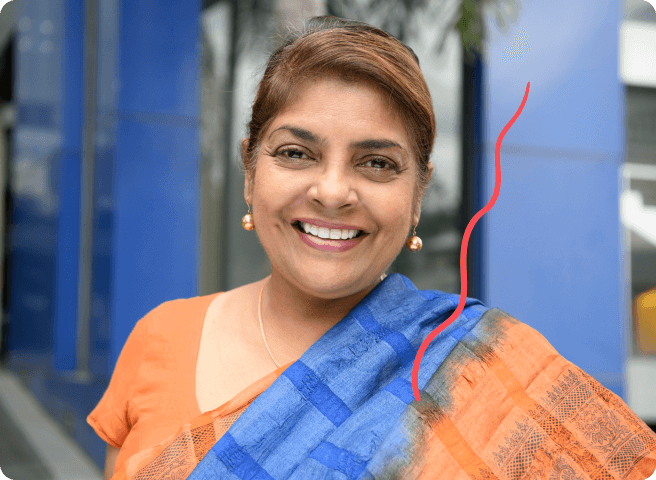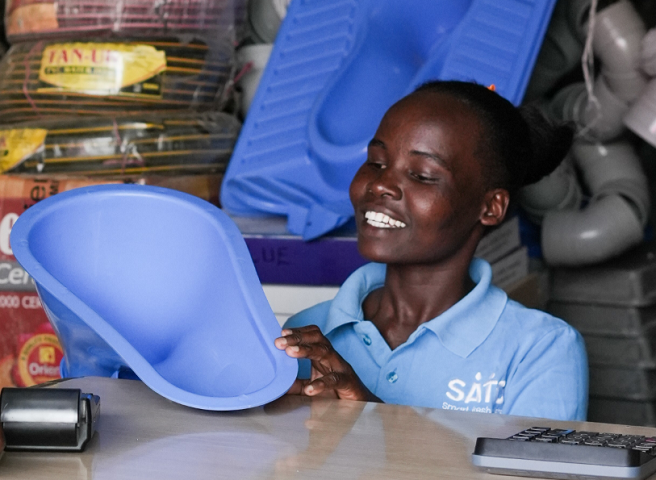WHY PARTNER WITH US?
Investment in sanitation and hygiene matters

Sanitation and hygiene is a global issue
According to The World Health Organization (WHO), 1.7 billion people still do not have basic sanitation services. Poor sanitation impacts health, adding to social, and economic pressures for vulnerable and disadvantaged people around the world.
Time is running out
With water demand set to increase by 55% over the next 30 years, 3.2 billion people are expected to be affected. All stakeholders from governments and NGOs to private businesses must come together to accelerate access to sanitation and hygiene for all.
How do SATO products make a difference?
Our products use less water than their traditional counterparts. Using just 1.5L of water per flush and 100ml per handwash – we ensure communities continue to see the health, social and economic benefits of improved sanitation and hygiene.
a brighter future
A sustainable partnership
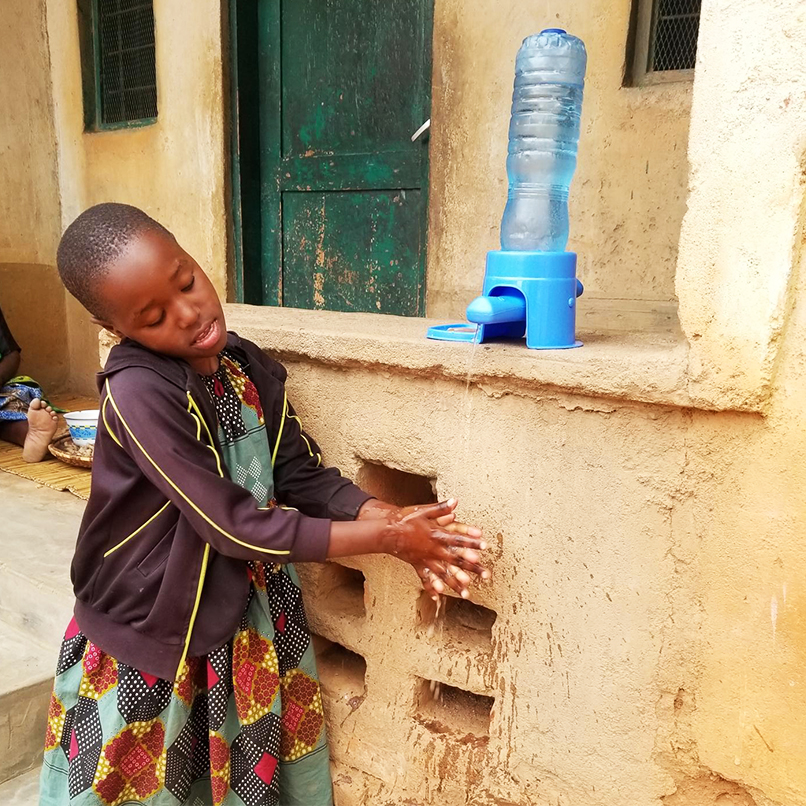
Profit with purpose
Our products deliver health, social, and economic value for local communities.
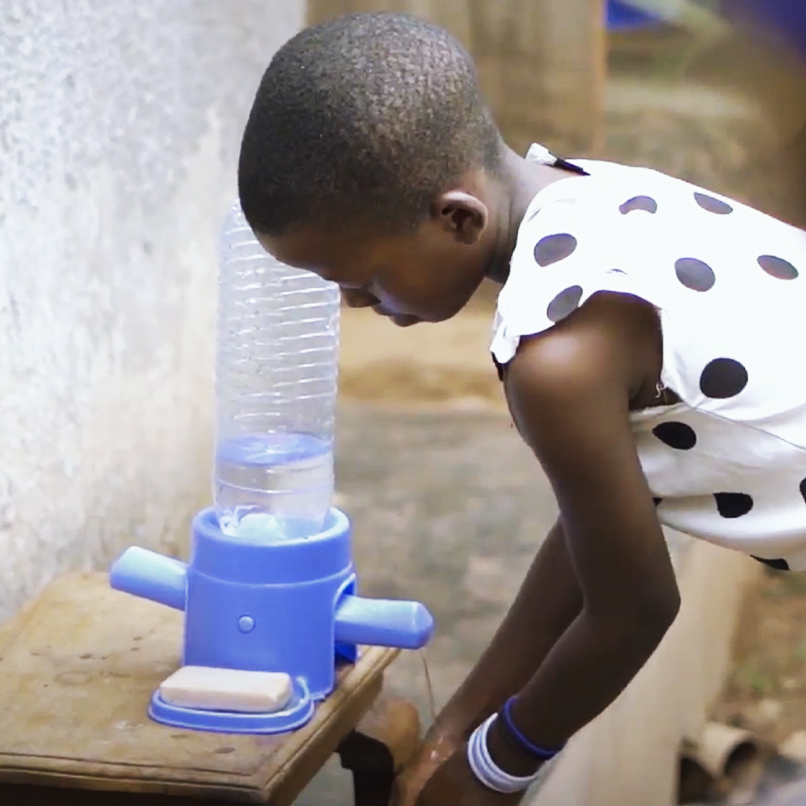
Create impact at scale
We have unmatched expertise in creating innovative sanitation and hygiene solutions that transform lives at global scale.
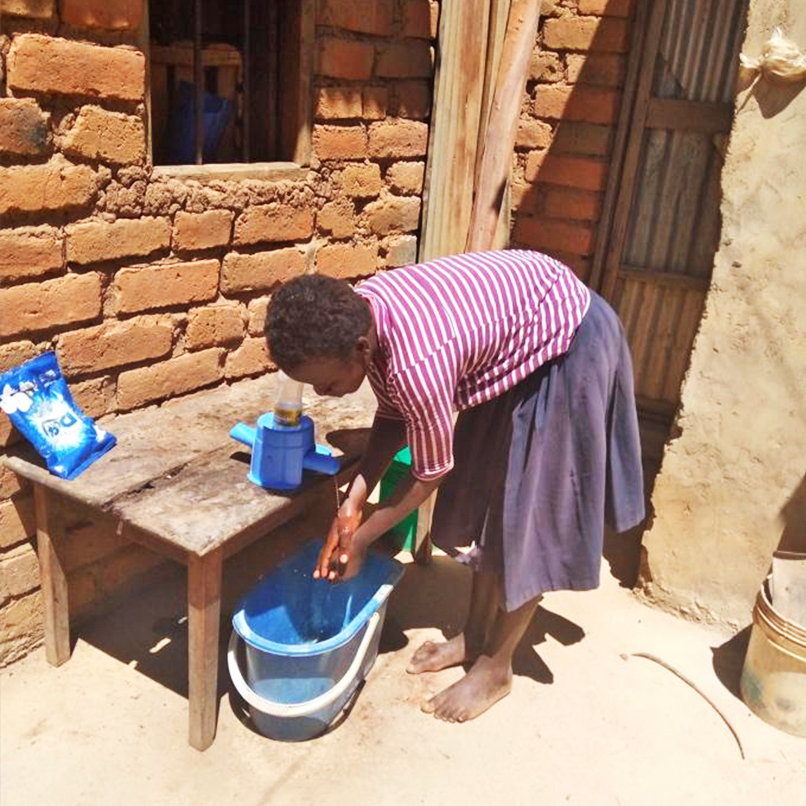
Partnerships with value
$6.79 of value can be unlocked from every $1 invested in water, sanitation and hygiene.
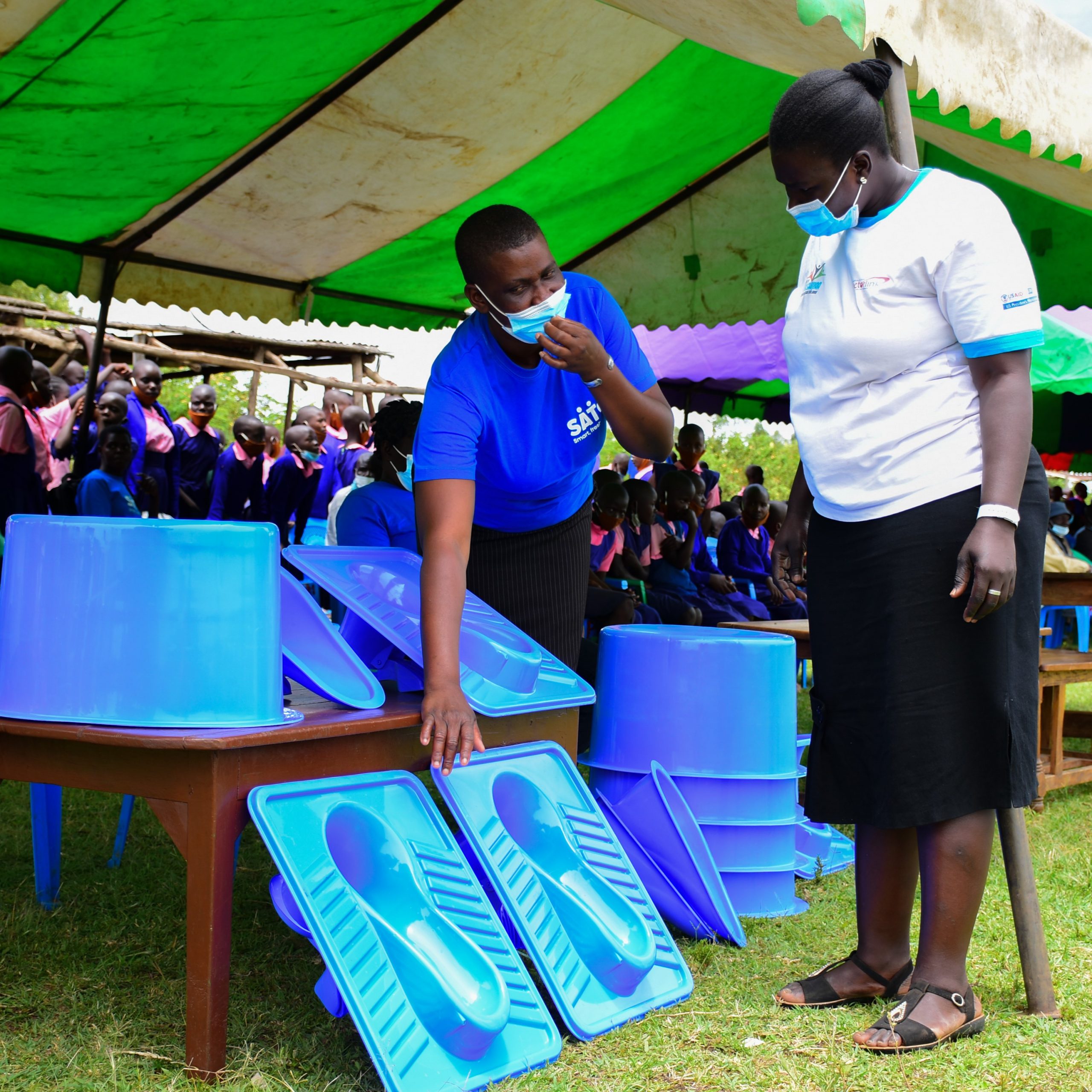
Achieve your ESG goals
We’re committed to supporting results aligned to your ESG strategy and UN Sustainable Development Goal 6.2.
BECOME A PARTNER

Driving change for NGO partners
We work with NGOs to build solutions and products to accelerate access to improved sanitation and hygiene and produce long term health, social, and economic value.
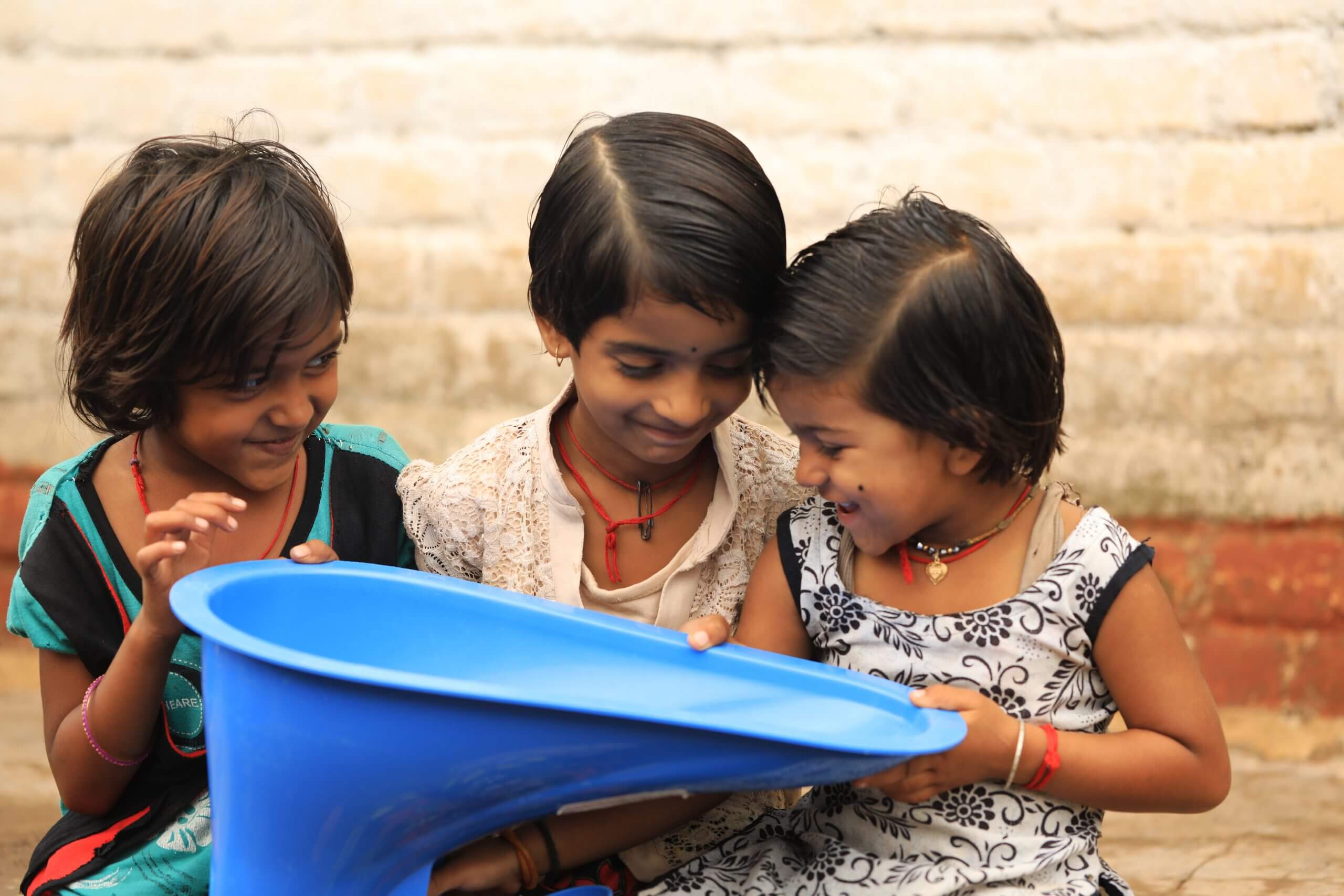
Creating sustainable networks for corporate partners

Enabling business growth for retail partners
Our retail and distribution partners benefit from support support, a customer experience centre and comprehensive locally relevant insights to help you make informed decisions and focus on growing your business.
HOW CAN WE HELP YOU?
While global in scope – our work is local at heart. We are inspired by the impact we provide and the experiences our customers share with us. Our award-winning products are one of the solutions to solve the sanitation issue, but it is the determination and ingenuity of our customers, masons and colleagues that delivers results. Find out more below
Product
Corporate
Sustainability
Innovation and R&D
Manufacturing and QA
Partnerships
Product FAQs
How do I purchase a SATO toilet?
Please find the availability of your product choice at this page. Please contact us for details.
How much does SATO toilet cost?
The price of our products depends on the market and other factors. Please contact us for details.
How do I install a SATO toilet?
All our products are designed to be as accessible and easy to install as possible. Installation procedures vary by product type, latrine configuration, local practices and preferences, and we have created simple how-to guides to answer any of your questions. See more information here.
What material is used for SATO toilets?
We use virgin polypropylene for plastic products.
How can I become a business partner for SATO?
Thank you for your interest! We are a fast-growing and ambitious business and are always looking for business partners. Please contact us for details.
What are the product dimensions?
Please find the dimensions of specific products at their dedicated page.
How much water do we need to use per flush?
This depends on the models, but all our solutions require less than 1 litre of water per flush.
Where can I install SATO?
SATO toilets are suitable for use with direct and offset pit installations, septic tanks, plumbed connections, and other water-based containment systems.
Can I retrofit SATO to an existing pit latrine (for renovation)?
Yes, SATO toilets can be utilised in new construction or retrofit into existing latrines to provide an easy, inexpensive upgrade.
EXPLORE PARTNERSHIP OPPORTUNITIES
Together with our partners we can bring our products to more people to create a better life,every day.
Product FAQs
How do I purchase a SATO toilet?
Please find the availability of your product choice at this page. Please contact us for details.
How much does SATO toilet cost?
The price of our products depends on the market and other factors. Please contact us for details.
How do I install a SATO toilet?
All our products are designed to be as accessible and easy to install as possible. Installation procedures vary by product type, latrine configuration, local practices and preferences, and we have created simple how-to guides to answer any of your questions. See more information here.
What material is used for SATO toilets?
We use virgin polypropylene for plastic products.
How can I become a business partner for SATO?
Thank you for your interest! We are a fast-growing and ambitious business and are always looking for business partners. Please contact us for details.
What are the product dimensions?
Please find the dimensions of specific products at their dedicated page.
How much water do we need to use per flush?
This depends on the models, but all our solutions require less than 1 litre of water per flush.
Where can I install SATO?
SATO toilets are suitable for use with direct and offset pit installations, septic tanks, plumbed connections, and other water-based containment systems.
Can I retrofit SATO to an existing pit latrine (for renovation)?
Yes, SATO toilets can be utilised in new construction or retrofit into existing latrines to provide an easy, inexpensive upgrade.
Contact us by phone, email, or the form opposite
If you are based in India, please call us toll-free, Monday to Friday between 9am-6pm, on +1800 202 1626
If you are based in Africa, please call us toll-free, Monday to Friday between 9am-6pm or Saturday between 9am-1pm, on +254 800 722 233
Contact us by email: SATO@LIXIL.com
Or get in touch using the form and we will contact you as soon as possible.

